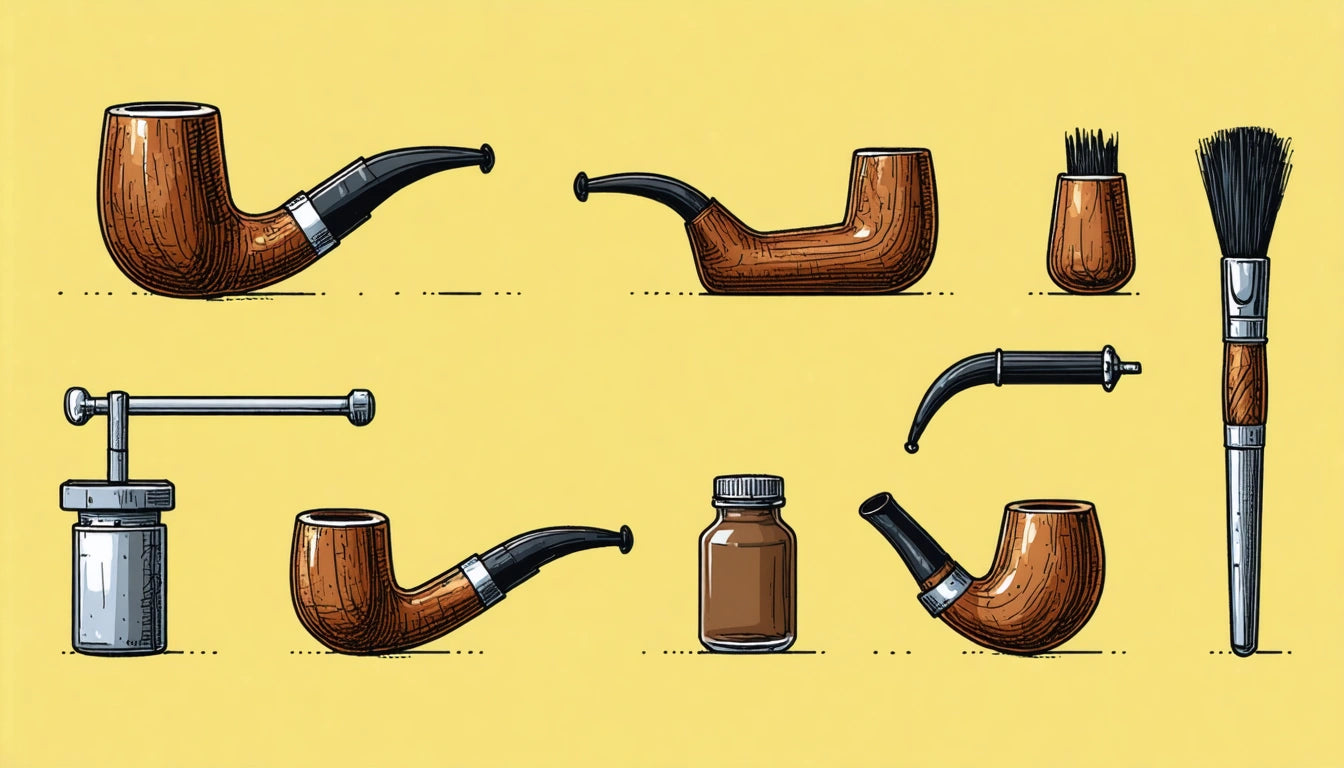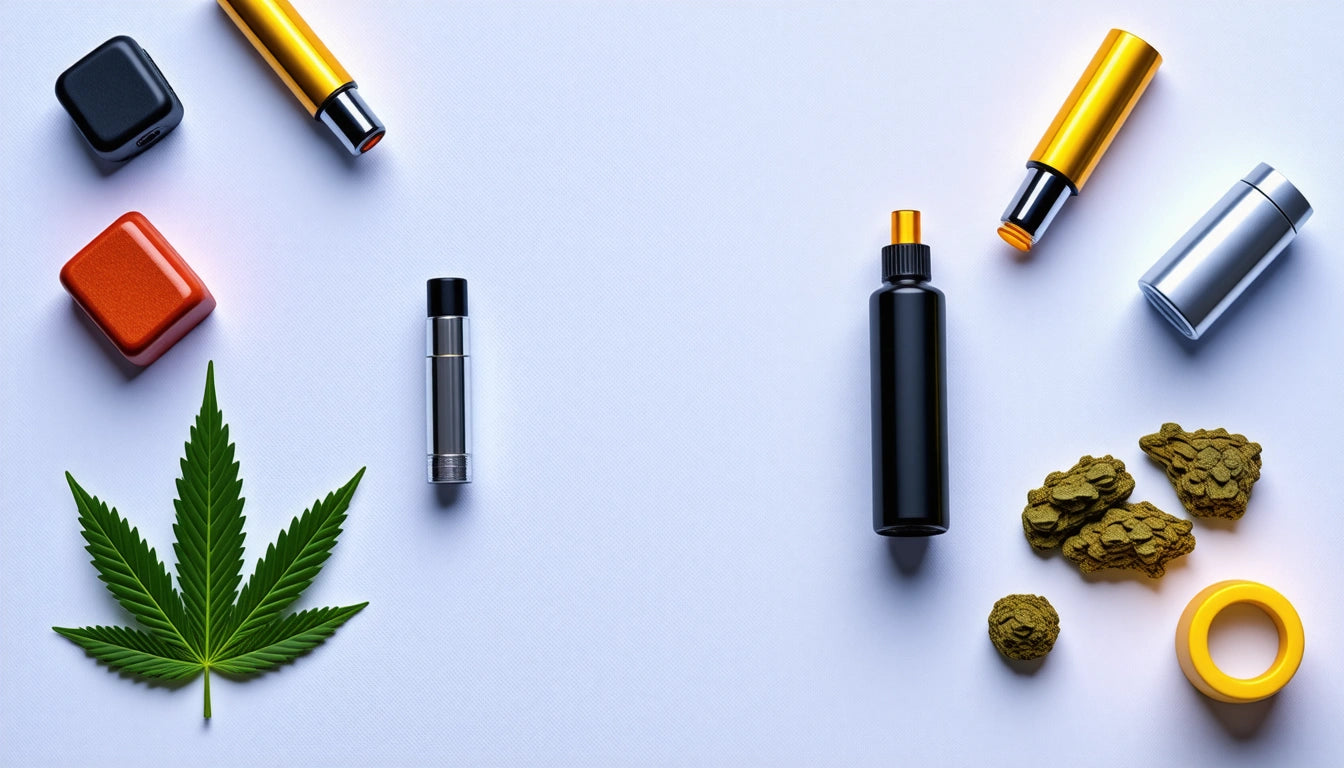Table of Contents
How to Make DIY Pipes at Home: A Step-by-Step Guide
Creating your own pipe at home can be a practical solution when commercial options aren't available or when you want to explore your creative side. DIY pipes can be made from various materials found around your home, offering temporary alternatives to store-bought products. This guide explores several methods for making functional pipes at home using safe materials and proper techniques.
Safety Considerations When Making DIY Pipes
Before diving into pipe creation, understanding safety is paramount. Not all materials are safe to heat or smoke from, and some can release harmful chemicals when exposed to high temperatures.
Materials to Avoid
- Plastics (especially PVC or plastic bottles) that release toxic fumes when heated
- Treated woods that contain chemicals
- Aluminum foil (despite popular use) can potentially release harmful particles
- Rubber or materials with adhesives
When selecting materials for your DIY pipe, prioritize items that are heat-resistant and non-toxic. Natural materials like certain fruits, vegetables, and untreated hardwoods are generally safer options for temporary use. For those seeking long-term solutions, proper storage containers like durable smell-proof storage bags can help maintain your supplies and finished products safely.
Fruit and Vegetable Pipes: Natural Alternatives
Using fruits and vegetables is one of the safest methods for creating a homemade pipe. These natural materials provide a clean, often flavorful experience without harmful chemicals.
Apple Pipe Method
The apple pipe is perhaps the most popular DIY pipe option due to its simplicity and effectiveness. Creating an apple pipe requires minimal tools and provides a pleasant smoking experience.
To make an apple pipe:
- Remove the stem from a fresh, firm apple
- Create a bowl by carving a small depression at the top
- Use a pencil or chopstick to create a channel from the top to the middle of the apple
- Make another channel from the side to meet the center channel, forming your mouthpiece
- Optional: Create a third hole on the opposite side for a carb
Other fruits and vegetables that work well include potatoes, carrots, and even cucumbers for larger projects.
Household Items for DIY Pipes
When natural options aren't available, certain household items can be repurposed to create functional pipes. These methods should be considered temporary solutions rather than permanent smoking devices.
Metal Socket Method
A metal socket from a socket wrench set can serve as an excellent bowl piece. This method requires:
- A metal socket (preferably stainless steel)
- A plastic pen tube with the ink and tip removed
- Heat-resistant tape
Assembly instructions:
- Ensure the socket is thoroughly cleaned of any oils or residues
- Connect the socket to one end of the pen tube
- Seal the connection with heat-resistant tape if needed
- Use the pen tube as your mouthpiece
This method creates a simple pipe that's relatively safe when the socket is properly cleaned. For more creative approaches to DIY pipe making, you can explore various household materials and techniques.
Creating a DIY Water Pipe: Step-by-Step Instructions
Water pipes offer smoother hits by filtering smoke through water. Creating a DIY water pipe requires a bit more effort but can provide a better experience than dry pipes.
Basic Bottle Water Pipe
To create a simple water pipe at home:
- Start with a clean glass bottle
- Create or find a suitable bowl piece (metal parts work best)
- Make a hole in the bottle cap or upper side of the bottle to insert the bowl
- Fill the bottle with enough water to submerge the bottom of the downstem
- Create a carb hole if desired
- Add a mouthpiece using a heat-safe tube
For proper function and maintenance of your DIY water pipe, understanding how water pipes work can be extremely helpful.
Maintenance and Cleaning Tips for Homemade Pipes
Keeping your DIY pipe clean is essential for both functionality and health reasons. Regular maintenance ensures a better experience and extends the life of reusable homemade pipes.
Cleaning Methods for Different Materials
- Fruit/vegetable pipes: These are generally single-use and should be discarded after use
- Metal components: Soak in isopropyl alcohol and salt mixture, then rinse thoroughly
- Glass components: Clean using effective water pipe cleaning methods with alcohol and salt
Regular cleaning prevents resin buildup and bacterial growth, especially important for DIY pipes that may not have the same quality seals as commercial products.
Advanced DIY Pipe Making Techniques for Enthusiasts
Once you've mastered basic DIY pipes, you might want to explore more advanced techniques for creating longer-lasting, higher-quality smoking devices at home.
Working with Wood
Hardwoods like cherry, maple, or briar make excellent pipe materials when properly treated. To create a wooden pipe:
- Select untreated hardwood
- Carve your desired pipe shape
- Drill holes for the bowl and stem
- Sand thoroughly to remove splinters
- Treat the wood with a food-safe finish like beeswax
- Allow to cure completely before use
For those interested in more advanced techniques, learning proper packing methods will help you get the most from your DIY creation.
While DIY pipes offer creative solutions and can be fun projects, they're generally best for temporary use. For regular consumers, investing in quality glass or other purpose-made pipes is recommended for safety and durability. However, knowing how to make a pipe at home remains a valuable skill for those times when commercial options aren't available.











Leave a comment
All comments are moderated before being published.
This site is protected by hCaptcha and the hCaptcha Privacy Policy and Terms of Service apply.